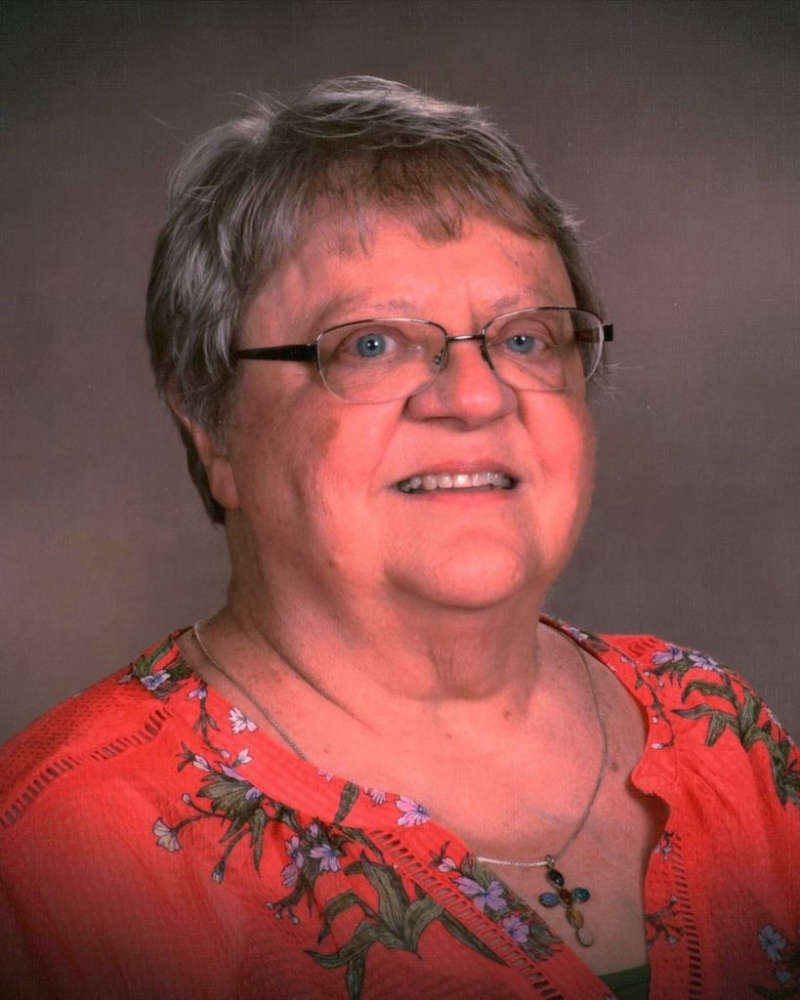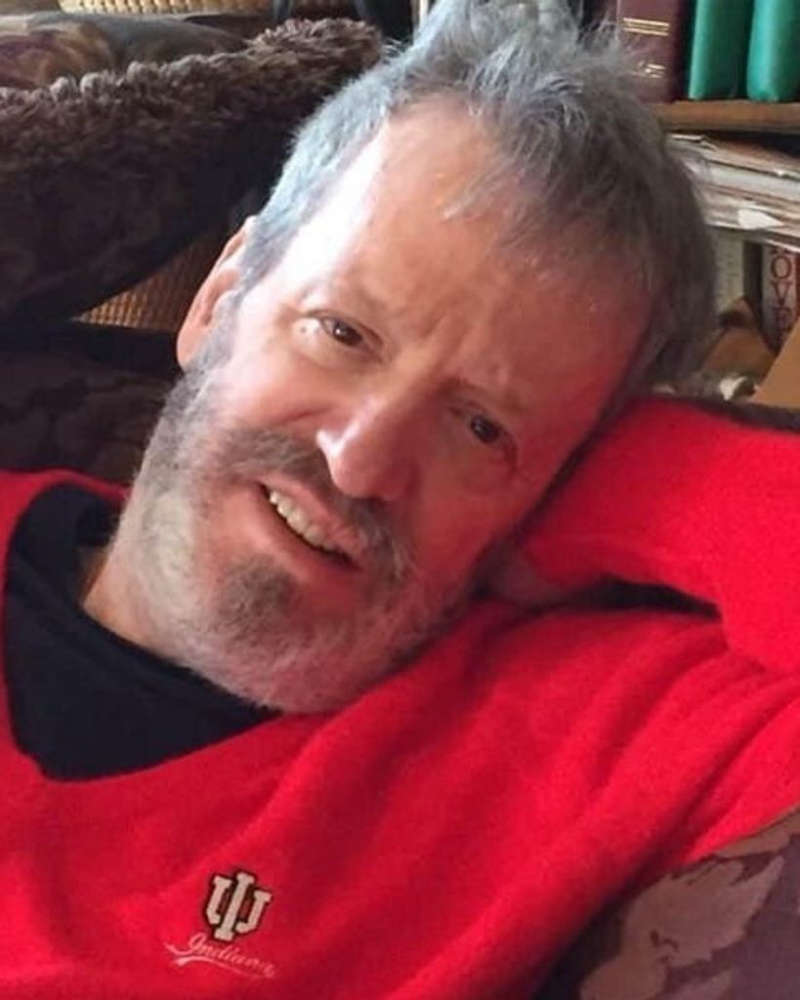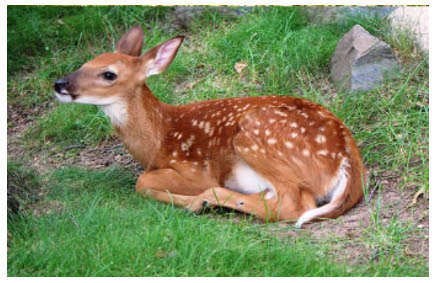
CWD is a fatal neurological disease in white-tailed deer.
As a result of Indiana’s positive detection of chronic wasting disease (CWD) in April, the Indiana Department of Natural Resources (DNR) has restricted moving deer from any CWD Positive Area for rehabilitation purposes.
CWD, described in detail at on.IN.gov/cwd, is a fatal neurological disease in white-tailed deer.
With the change, an individual who finds an orphaned, sick, or injured deer in a CWD Positive Area may only surrender the deer to a DNR-permitted wild animal rehabilitator that is located within a CWD Positive Area.
“This restriction is to help minimize the spread of CWD to new parts of the state, as fawns can carry this disease without appearing sick,” said DNR’s Deer Program lead Joe Caudell.
Currently, there is one CWD Positive Area in Indiana. It includes LaGrange, Steuben, Noble, and DeKalb counties. The state’s first positive case of CWD in white-tailed deer was confirmed by DNR in LaGrange County. While no deer have been documented in Steuben, Noble, or DeKalb counties, those counties are considered part of the CWD Positive Area because of their proximity to where the CWD-positive deer was found.
During their first few weeks of life, fawns often hide by themselves, motionless, to avoid predators while the mother seeks food.
“If you find a fawn alone, remember this, and help keep wildlife wild by letting it be, giving it space, and leaving the area,” Caudell said. “Its mother is likely nearby.”
If you encounter a deer that appears to be injured, consider letting the circle of life take its course, as difficult as this decision might be. If you plan to intervene with an injured or orphaned animal, learn about best practices at on.IN.gov/keepwildlifewild.
Before contacting a permitted wildlife rehabilitator for assistance, confirm that the deer is truly injured or orphaned. Look for obvious signs of injury, lethargy, constant vocalization, or an infestation of insects. Another reason for contacting a wildlife rehabilitator for assistance is having knowledge that the mother has been killed or hasn’t returned in several days (remembering that the mother may return only at night). A list of permitted rehabilitators is at on.IN.gov/wildliferehab.
If you see a deer that appears diseased, keep your distance and report it at on.IN.gov/sickwildlife. A DNR health biologist will review the case and determine if action is needed.
For best practices for the removal of dead wildlife, visit on.IN.gov/livingwithwildlife.


 Illinois State Museum featuring personal Route 66 stories for Mother Road’s 100th anniversary
Illinois State Museum featuring personal Route 66 stories for Mother Road’s 100th anniversary
 Good Samaritan CEO Rob McLin honored with IHA 2025 Distinguished Service Award
Good Samaritan CEO Rob McLin honored with IHA 2025 Distinguished Service Award
 Illinois goes from “F” to“A” on support for survivors of human trafficking
Illinois goes from “F” to“A” on support for survivors of human trafficking
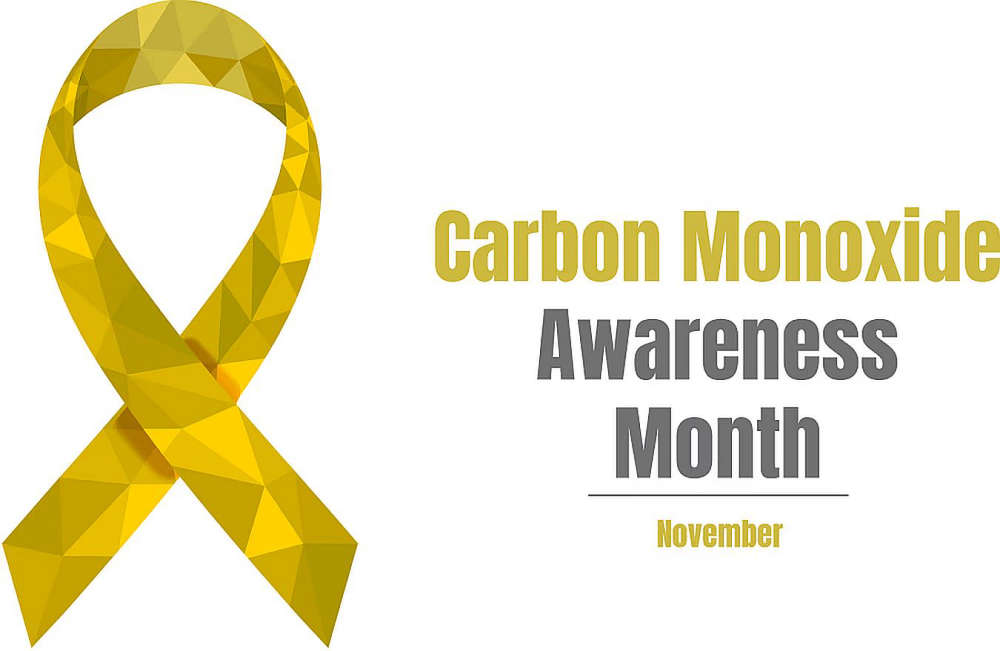 Carbon Monoxide Awareness Month underway
Carbon Monoxide Awareness Month underway
 IDOH approves Union - Regional hospital merger
IDOH approves Union - Regional hospital merger
 VU announces changes in College of Health Sciences and Human Performance
VU announces changes in College of Health Sciences and Human Performance
 Unit 20 hires new administrator and fills board vacancy
Unit 20 hires new administrator and fills board vacancy
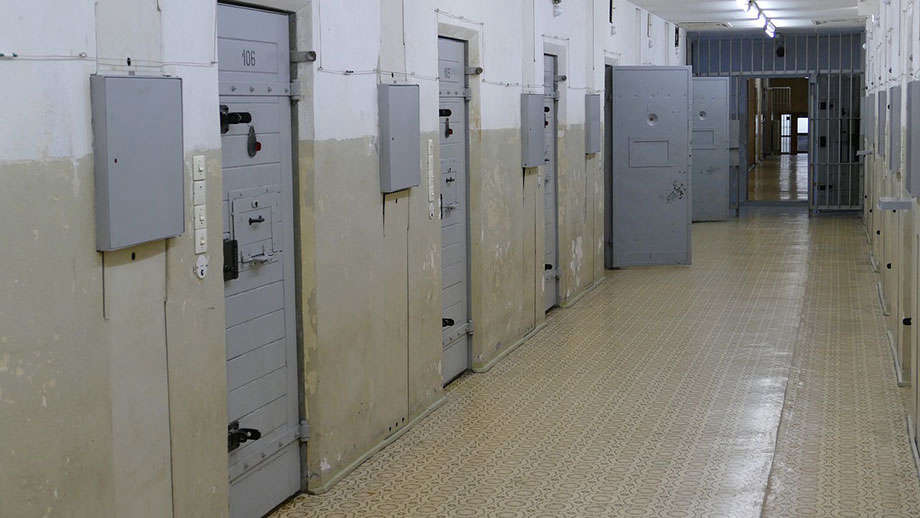 New IDOC mail policy program protested
New IDOC mail policy program protested
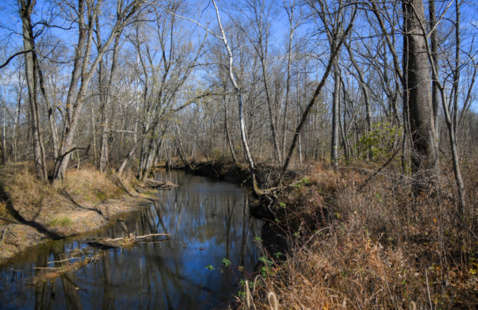 Eagle Branch District to host annual meeting
Eagle Branch District to host annual meeting
 Niemerg Lawrence County satellite office hours set
Niemerg Lawrence County satellite office hours set
 Select Wings Etc. locations offering free entrée on Veterans Day
Select Wings Etc. locations offering free entrée on Veterans Day
 FSSA statement on SNAP benefits, one week delay
FSSA statement on SNAP benefits, one week delay
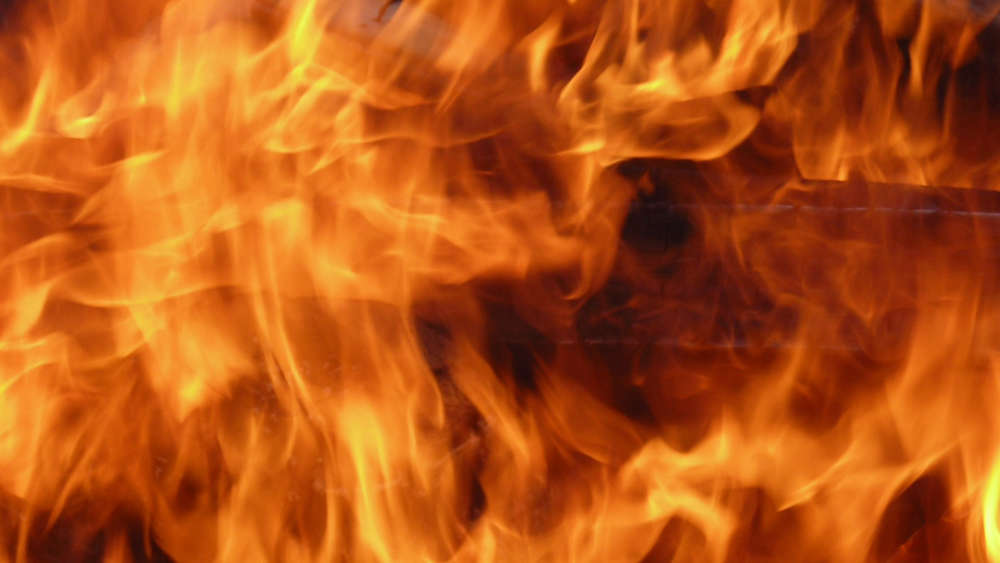 Illinois transitioning to new emergency fire information system
Illinois transitioning to new emergency fire information system
 Bridgeport Township accepting mowing bids
Bridgeport Township accepting mowing bids
 Vincennes announces Sister City partnership with Ovruch, Ukraine
Vincennes announces Sister City partnership with Ovruch, Ukraine
 IDOT and IDNR warn of deer-vehicle collisions
IDOT and IDNR warn of deer-vehicle collisions
 Vincennes man pleads guilty to murder of Taylor Hendershot
Vincennes man pleads guilty to murder of Taylor Hendershot
 LCMH Legacy Gala a success
LCMH Legacy Gala a success
 Christmas Nights of Lights returns to the Indiana State Fairgrounds
Christmas Nights of Lights returns to the Indiana State Fairgrounds


